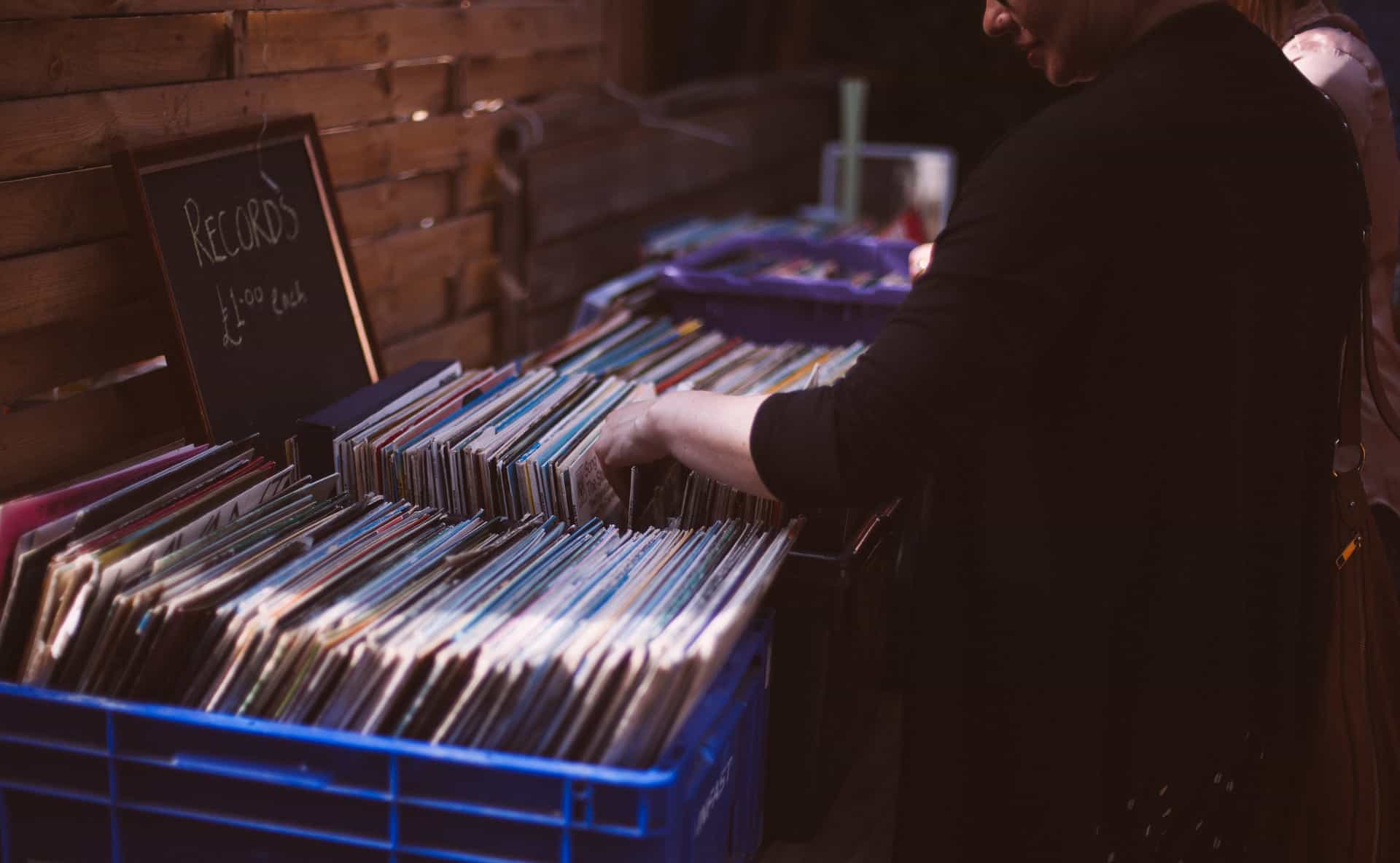This PESTLE analysis for vinyl records, shows just how six primary macro-environmental factors are impacting (and contributing) to the success of vinyls.
Vinyl records, or LPs, have never been more popular. After dying out twenty years ago, they’re back with a vengeance. And yet, the industry is still suffering. Artists aren’t seeing much profit. Plus, the price of these vinyls are much higher today than 5-10 years ago — yet the big companies behind it aren’t saying why.
In this PESTLE analysis for vinyl records, you’ll see just how six primary macro-environmental factors are impacting (and contributing) to the success of vinyls.
Political factors: Policies may make it harder to import and export vinyls
Politics may soon impact the vinyl industry, particularly UK politics. Vinyls are created in pressing plans, and many of these plants are located across Europe. At the moment, the vinyl manufacturing is suffering from a bottleneck problem. Throw in Brexit, and not only will it be difficult to develop the LPs, but it could be even more problematic to export the vinyls worldwide.
Despite the rising popularity of vinyl records, the industry could easily be throttled based on political decisions.
Economic factors: Prices of vinyl records are rising… but why?
Vinyls aren’t cheap — in fact, the price has risen over the last decade. In the United States, over 14 million records were sold in 2017, which is fourteen times more than in 2005. Back then, the cost per record varied between $15-$25. Now, each one goes for $30-$40. No one is sure why the prices are higher now, although the big music corporations likely do but are staying silent.
With millions of units sold per year, Warner Music, Sony Music, and Universal Music (and their American counterparts) are raising prices of LPs to fit demand. However, even this boom might not save the industry.
On top of that, these price hikes aren’t benefiting artists — most see little profit, if any. If the companies can figure out how to make a profit of the physical sales, then the industry will flourish. Until then, although popular, success will remain limited.
What’s even worse is that many vinyl shoppers are buying from secondhand shops. You can find new editions of old classics on Amazon, but it’ll likely cost you 50% (or more) than if you bought at a thrift shop. Most people buy vintage products at thrift shops so vinyls fit right in.

Social factors: An industry attempting to profit off nostalgia
Western society thrives off nostalgia. We’re thrilled by the resurgence of old television shows — like the spinoff of Boy Meets World or the new adaptation of Rocko’s Modern Life. Live Actions of old Disney movies are raking in profits. It’s clear many people enjoy the refresh of “old” content, and vinyls aren’t any different.
Vinyls were the rage nearly 50 years ago. Back then, it was the most popular way to listen to your favorite bands at home. Even though we eventually developed cassette tapes, it wasn’t until CDs hit the scene that vinyls were shuffled into attics. With CDs, you can listen to your favorite artists on the go, like in your portable walkman or car. Plus, you could buy blank CDs and burn songs onto them, creating mix CDs with your computer. Vinyl records didn’t last much longer after that.
But everything “old” comes back, even if it’s only for a bit. Surprisingly, vinyls have slowly risen in popularity over the last ten years. Why? Well, older folks are buying them again to revisit their youth. Millennials are buying them because it’s a fun blast from the past. They also enjoy collecting vinyls for the interesting cover arts. Despite the differing reasons, both groups are benefiting from nostalgia. Thanks to that, there’s no sign of this industry slowing down quite yet either.
Technological factors: New machines make it easier to produce LPs
Vinyls are created in pressing plants. These plants often use aging machines with complex infrastructure. Since they’re not broken, most equipment hasn't been updated in decades. But now vinyl demand is growing, corporations realize the old technology can’t keep up.
The problem is clear, so some companies are stepping up to fill the need. They’re upgrading the machines to be more efficient. Initially, the changes were minimal. Now, a company called Viryl Technologies has developed brand new machines, some of which can be fully automated and monitored remotely via a mobile device. If these machines have a problem, the support teams can remotely log into the system and fix it from afar.
Now, there’s a newer version that’s seamless, which alleviates much of the cost associated with running the machines. Bonus: it’s better for the environment too.
Legal factors: The legalities of ripping vinyls
One major concern with using vinyls is digitizing them. In some countries (like Canada, for example), digitizing your collection won’t infringe on copyright laws so long as you’re doing it for personal use. But many people are digitizing and breaking digital locks to sell them to other people online. That's illegal, but it hasn't stopped people from trying.

Environmental factors: Taxing on the planet and the health of workers
As mentioned above, some companies are adopting eco-friendlier technologies to create vinyls, but many are still using the old machines. These old machines incorporate harmful materials into vinyls, which can harm the environment. The one good thing is that, since vinyls are collected by many people, the majority likely won’t end up in a landfill.
The environmental worry is in the production.
Vinyls contain the ingredient PVC. It’s cheap and durable, which is why so many companies use it. But PVC is the byproduct of fossil fuels (gas and oil), which can have heavy metals. These heavy metals prevent PVC from degrading. Instead it maintains its shape and usability.
Unfortunately, most LPs are likely to contain lead, which is toxic to humans. So, not only are these materials bad for the planet, they’re harmful to our health — particularly, the health of factory workers involved in the LP pressing process.
To avoid all of this, the manufacturing companies need to use an eco-friendly process as soon as possible.
PESTLE Analysis for Vinyl Records: Bottom Line
Vinyls are back with a vengeance. More people are buying them to collect, enjoy, or sell to others. Despite all this buzz, and millions of units sound each year in the U.S, companies are struggling to make a profit. The artists are seeing next to nothing (if anything) of profits from the purchases. Part of this is because it's easier (and more convenient on your wallet) to purchase vinyls second hand.
The main problem with vinyl records is production. The companies manufacturing these LPs should focus on introducing eco-friendly machines into the process. Right now, most of the machines are old and require fossil fuels to run. There are alternatives, a new technology that seamlessly creates vinyl records without taxing the environment, but it's more expensive. With all that said, the industry continues to grow each year, as you’ve now learned in this PESTLE analysis for vinyl records.


